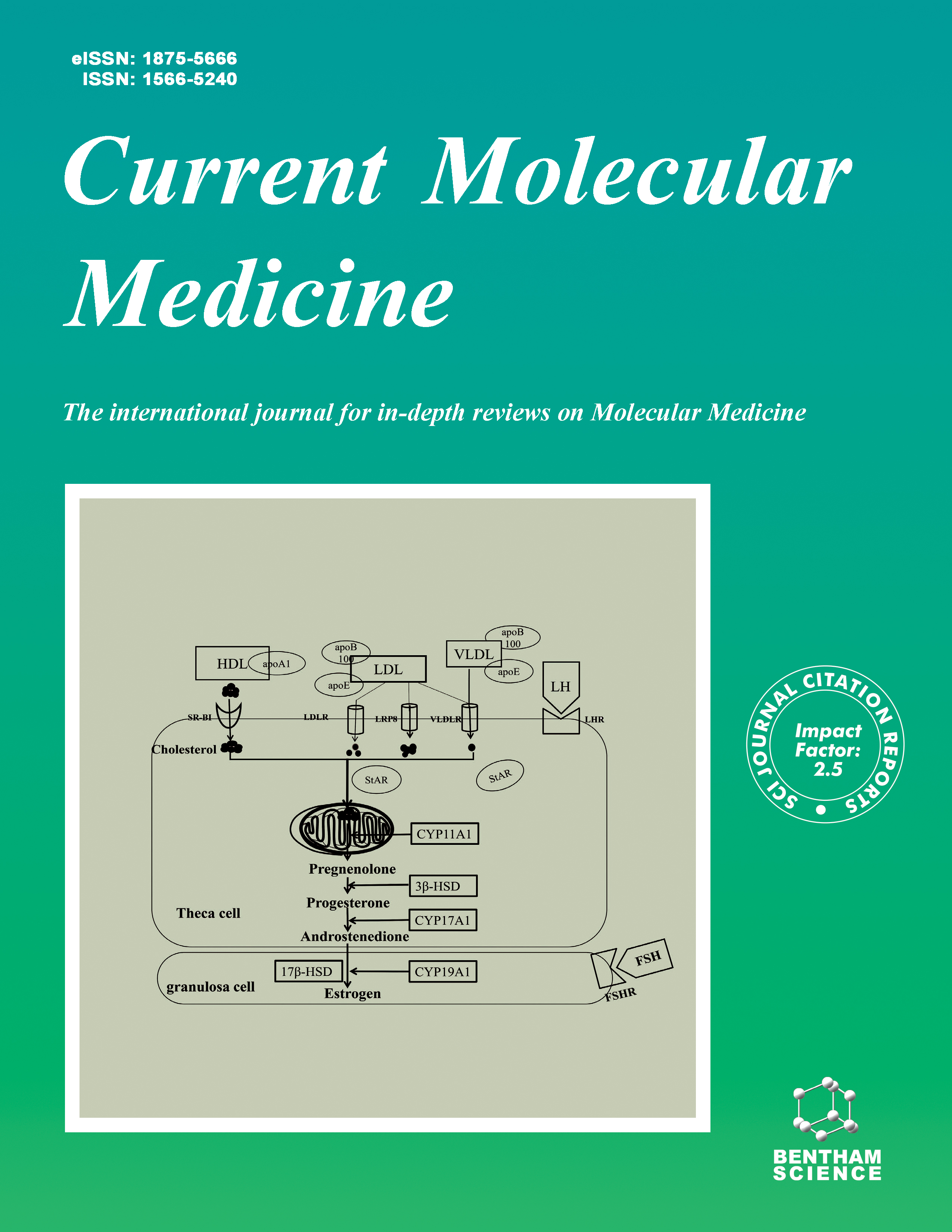
Full text loading...
We use cookies to track usage and preferences.I Understand
Aerobic organisms continuously generate small amounts of Reactive Oxygen Species (ROS), which are involved in the oxidation of sensitive cysteine residues in proteins, leading to the formation of disulfide bonds. Thioredoxin (Trx1) and Glutaredoxin (Grx1) represent key antioxidant enzymes reducing disulfide bonds.
In this work, we have focused on the possible protective effect of Trx1 and Grx1 against oxidative stress-induced DNA damage and apoptosis-signaling, by studying the phosphorylation of MAP kinases.
Trx1 and Grx1 were overexpressed or silenced in cultured H1299 non-small cell lung cancer epithelial cells. We examined cell growth, DNA damage, and the phosphorylation status of MAP kinases following treatment with H2O2.
Overexpression of both Trx1 and Grx1 had a significant impact on the growth of H1299 cells and provided protection against H2O2-induced toxicity, as well as acute DNA single-strand breaks. Conversely, silencing of these proteins exacerbated DNA damage. Furthermore, overexpression of Trx1 and Grx1 inhibited the rapid phosphorylation of JNK (especially at 360 min of treatment, ****p=0.004 and **p=0.0033 respectively) and p38 MAP kinases (especially at 360 min of treatment, ****p<0.0001 and ***p=0.0008 respectively) during H2O2 exposure, while their silencing had the opposite effect (especially at 360 min of treatment, ****p<0.0001).
These results suggest that both Trx1 and Grx1 have protective roles against H2O2 induced toxicity, emphasizing their significance in mitigating oxidative stress-related cellular damage.

Article metrics loading...

Full text loading...
References


Data & Media loading...

